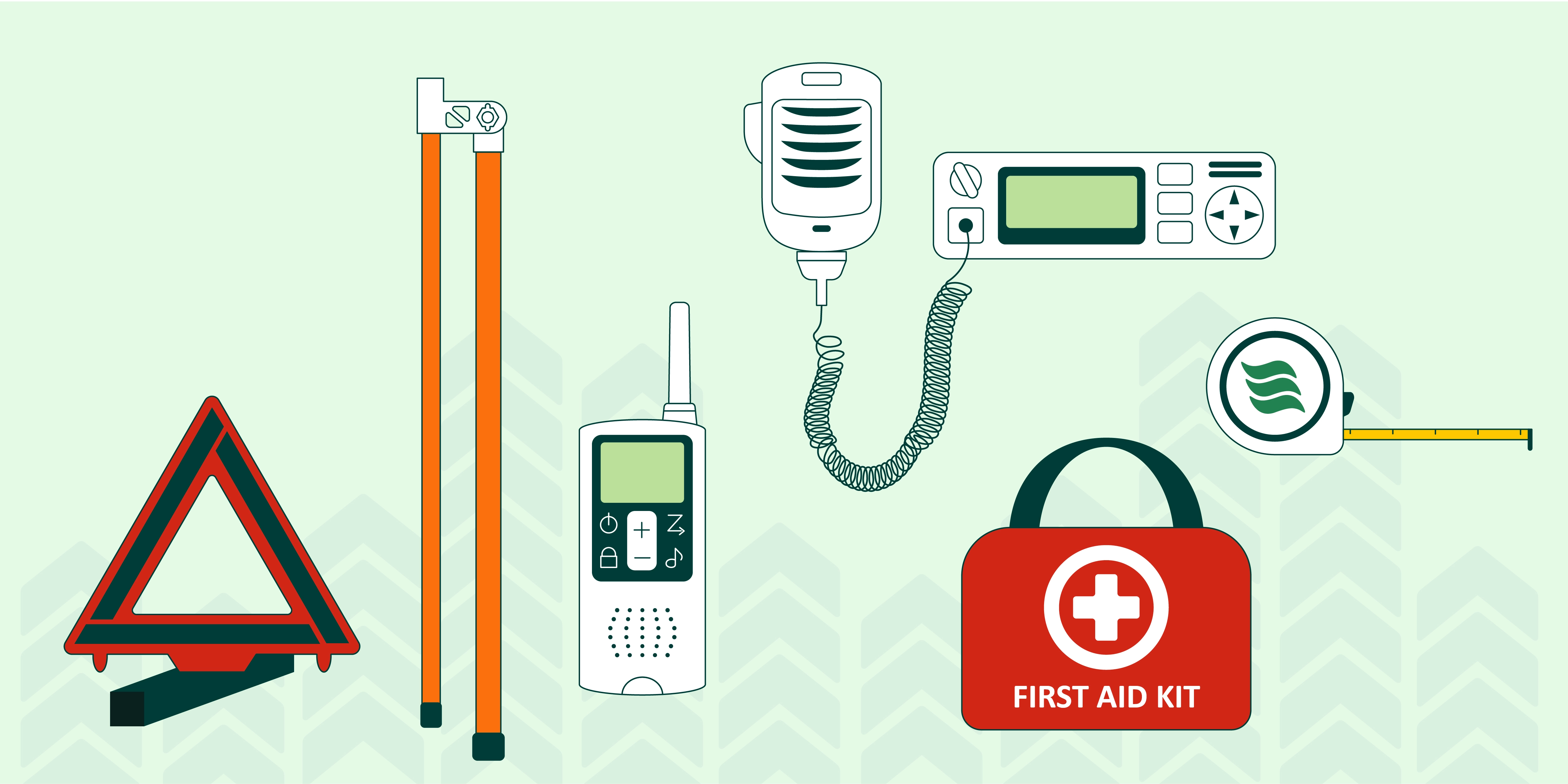Published on

New Pilot/Escort Vehicle Operators (PEVOs) are usually responsible for acquiring their own equipment. Below are our recommendations for what to have, based on our Washington State Pilot/Escort Vehicle Operator Certification curriculum and the recommendations of the National Pilot Car Association.
Please keep in mind that your state or jurisdiction may have additional requirements.
Evergreen Safety Council does not maintain a list of pilot car equipment suppliers. Several online retailers can be found by searching for “pilot car equipment” online.
Having the right equipment is only part of the puzzle. Inspect your equipment regularly and make sure you're prepared for any emergencies that may arise. It's important to make sure you have the right certifications and insurance for the state(s) where you are operating, as well.
If you haven't gotten certified yet, be sure to check out our Washington State PEVO course, where you'll learn all this and more.
Share this article

Evergreen Safety Council is proud to be endorsed by the American Association of Safety Councils and Specialized Carriers and Rigging Association.
We offer online, in-person, and private group training for each of our programs.
Choose an option below to get help with a class or a certification.
Need a new certification card? Fill out this form to request a replacement.
Download your materials, get help with your tech, or find out what you need to complete before the day of class.
Minimize downtime, disruption, and expense by having one of our experienced instructors train your staff, at your facility.
View our growing library of informative safety articles.
You have questions, we have answers. View commonly asked questions here.
Access your account page on our registration system or training portal.
Since 1932, we’ve been empowering people to achieve their potential by training them to stay safe on the road and on the job.